INDIAN ARMED FORCES CHIEFS ON OUR RELENTLESS AND FOCUSED PUBLISHING EFFORTS
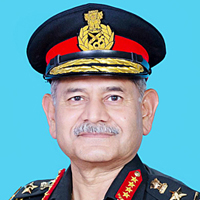
The insightful articles, inspiring narrations and analytical perspectives presented by the Editorial Team, establish an alluring connect with the reader. My compliments and best wishes to SP Guide Publications.
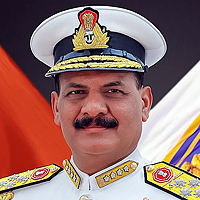
"Over the past 60 years, the growth of SP Guide Publications has mirrored the rising stature of Indian Navy. Its well-researched and informative magazines on Defence and Aerospace sector have served to shape an educated opinion of our military personnel, policy makers and the public alike. I wish SP's Publication team continued success, fair winds and following seas in all future endeavour!"

Since, its inception in 1964, SP Guide Publications has consistently demonstrated commitment to high-quality journalism in the aerospace and defence sectors, earning a well-deserved reputation as Asia's largest media house in this domain. I wish SP Guide Publications continued success in its pursuit of excellence.
- Operation Sindoor: Resolute yet Restrained
- India’s Operation Sindoor Sends a Clear Message to Terror and the World – ‘ZERO TOLERANCE’
- Japan and India set forth a defence cooperation consultancy framework, talks on tank and jet engines
- Terrorist Attack in Pahalgam in Kashmir: Unfolding a long surgical war against PAK
- Lt General Pratik Sharma takes over Command of Indian Army's Northern Command
ISRO – Setback and Success
The failure to put EOS-09 into orbit is a rare setback for ISRO, which has built a reputation for reliability and success in satellite launches, especially with the PSLV series of launch vehicles
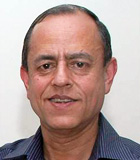 |
The Author is Former Director General of Information Systems and A Special Forces Veteran, Indian Army |

The Indian Space Research Organisation (ISRO) faced a major setback on May 18, with this 101st satellite mission. The launch, conducted from the Satish Dhawan Space Centre in Sriharikota, involved the Polar Satellite Launch Vehicle (PSLV-C61) carrying the advanced Earth Observation Satellite EOS-09. The mission was intended to place EOS-09 into a Sun Synchronous Polar Orbit (SSPO), enhancing India's capabilities in earth observation, agriculture, forestry, disaster management, and strategic surveillance through its C-band Synthetic Aperture Radar (SAR) technology.
The mission was intended to place EOS-09 into a Sun Synchronous Polar Orbit (SSPO), enhancing India's capabilities in earth observation, agriculture, forestry, disaster management, and strategic surveillance
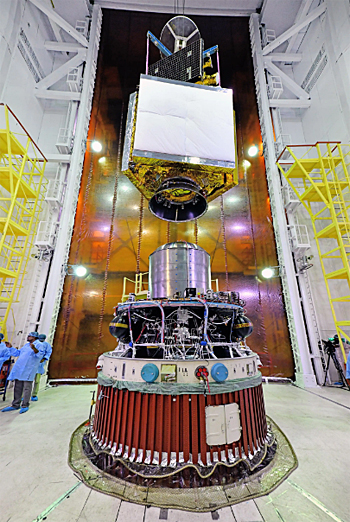
India's EOS-09 (RISAT-1B) radar imaging satellite would have significantly upgraded the border monitoring and that the designated PSLV-C61 would place the satellite in a sun-synchronous orbit, ensuring regular and consistent coverage of targeted regions. EOS-09, weighing 1,696.24 kg, was designed as a follow-up to the earlier EOS-04 satellite, aiming to improve the frequency and continuity of high-resolution earth observation data for operational users. The satellite's Synthetic Aperture Radar (SAR) payload was capable of capturing images under all weather conditions, day and night, making it a vital asset for various applications, including national security and resource management.
The launch witnessed the PSLV-C61 rocket, standing 44.5 meters tall and weighing 321 tonnes at lift-off, taking off at 5:59 am IST. Initial phases of the mission proceeded smoothly, with the first and second stages performing as expected. However, during the critical third stage of flight, an anomaly occurred. According to ISRO Chairman V. Narayanan, the third stage motor started perfectly but a sudden fall in chamber pressure was observed in the motor case. This technical glitch prevented the satellite from reaching its intended orbit, resulting in the mission's failure.
The satellite's Synthetic Aperture Radar (SAR) payload was capable of capturing images under all weather conditions, day and night, making it a vital asset for various applications, including national security and resource management.
The PSLV's third stage is a critical component, responsible for imparting the necessary velocity to place the payload into its designated orbit. Any pressure anomaly in this stage can lead to insufficient thrust or improper trajectory, jeopardising the satellite's deployment. While the specific details of the anomaly were not immediately disclosed, Chairman Narayanan assured that the situation was under discussion and further information would be provided after a thorough analysis. The EOS-09 (RISAT-1B) mission marked the 63rd flight of the PSLV and the 27th using its XL configuration, known for accommodating heavier payloads. It was also notable for its commitment to responsible space operations, as EOS-09 was equipped with deorbiting fuel to ensure safe disposal after its operational life.
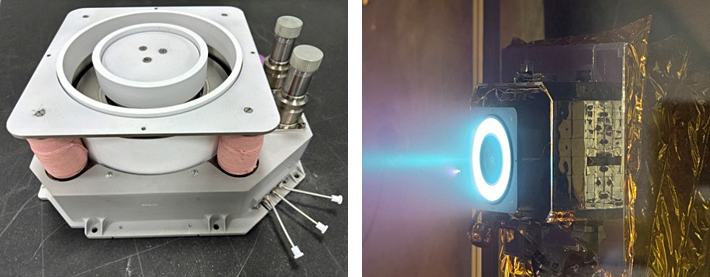
Failure of the mission was a disappointment for many, including families and students who had travelled to witness the launch, only to be turned away due to heightened security concerns amid regional tensions. However, despite this setback, there is widespread support and pride in ISRO's achievements and ongoing efforts in advancing India's space capabilities.
EOS-09 was designed as an all-weather military grade earth observation satellite, expected to bolster India's remote espionage capabilities
This failure of PSLV-C61/EOS-09 is only the third in the PSLV series' long history, highlighting the generally reliable performance of this launch vehicle. This incident is a rare setback for ISRO, which has built a reputation for reliability and success in satellite launches, especially with the PSLV series. The failure is particularly disappointing given the mission's significance: EOS-09 was designed as an all-weather military grade earth observation satellite, expected to bolster India's remote espionage capabilities. The mission's failure underscores the inherent challenges and complexities of space exploration, even for seasoned organisations like ISRO.
Notwithstanding this failure, ISRO's commitment to transparency and its resolve to investigate and address the issue reflect its robust organisational ethos. The lessons learned from the PSLV-C61 mission will undoubtedly contribute to future improvements, ensuring the continued progress of India's ambitious space program. As ISRO prepares for landmark missions such as Gaganyaan, Chandrayaan-5, and Mangalyaan, the agency's resilience and dedication to scientific excellence remain undiminished.
ISRO has successfully completed a 1,000-hour test of its 300mN Stationary Plasma Thruster, operating at full power (5.4kW)
Concurrently, one good news is that ISRO has successfully completed a 1,000-hour test of its 300mN Stationary Plasma Thruster, operating at full power (5.4kW). Using xenon gas as fuel, this cutting-edge electric propulsion system is six times more efficient than conventional chemical thrusters. This means that India will be going electric beyond Earth. It marks a massive leap toward lightweight, power-efficient satellites that can stay in orbit longer and carry more payload.
This achievement is a critical step in ISRO's upcoming TDS-01 satellite mission, bringing India one step closer to fully electric-powered spacecraft. Lighter satellites mean reduced launch costs and more capacity for communications, imaging, and scientific instruments. With this milestone, ISRO is positioning itself at the forefront of next-gen space propulsion; where the future is plasma-powered.





